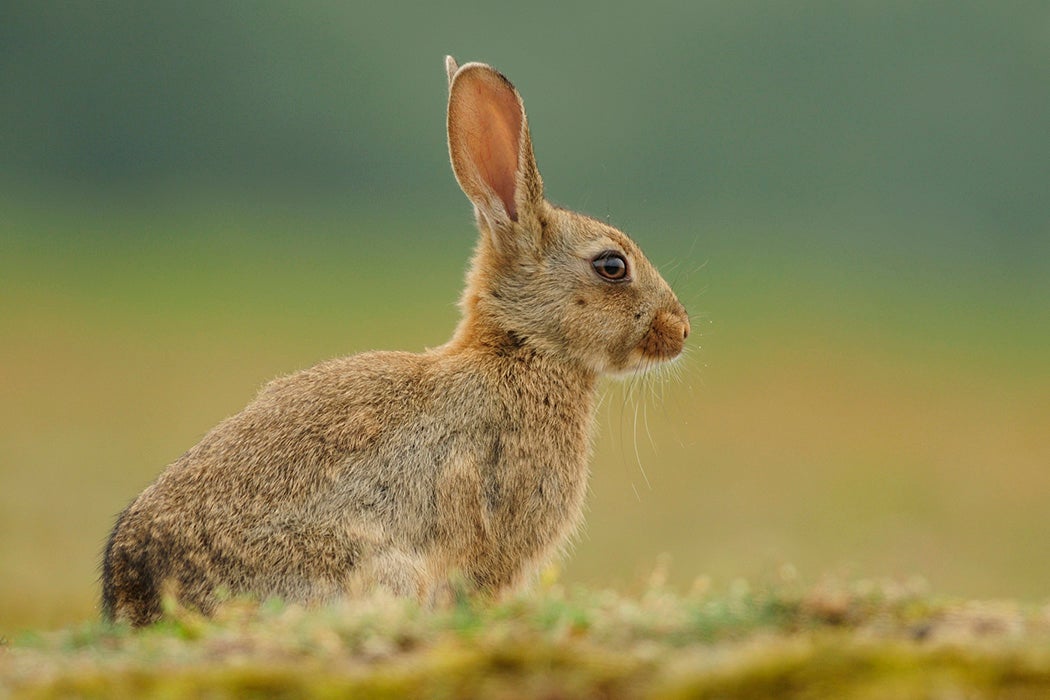Rabbits are rather effective colonists: they’ve taken over islands around the world. They’re an introduced species in much of the world, landing in their new habitats with human assistance (like most mammals, rabbits can swim, though they do so rarely). Bunnies arrived in Britain with the Romans, and they’re notably regarded as an invasive pest in Australia and New Zealand.
Geographer Patrick Armstrong set about studying the history of rabbit colonies on smaller islands and assessing their success.
Placing rabbits on small uninhabited islands might be efficient land use, if the island itself isn’t big enough or fertile enough to support other crops or provide for other animals. Armstrong found that by the twelfth century, rabbit warrens had been established on small islands off the coast of Britain. A sandy soil can be suitable for rabbits to burrow, and a grassy area will produce enough food for them (but not enough for larger ruminants). A “minimum of management” is required; humans need make only intermittent visits to remove a crop of rabbits. As an added bonus, keeping your rabbits on an island reduces the risk of poaching. It’s an easy way to make “coney money.”
In the age of European exploration, rabbits were also taken on ships on long voyages—as a food source. Some were also released on uninhabited islands en route, with the hope that they could feed shipwreck victims in the future. By the nineteenth century, sealers and whalers in the Pacific were placing rabbits on islands they used as deliberate stopping points. Lighthouse keepers also kept rabbit warrens so they could have fresh meat when supplies could not be brought over the water.
But rabbits’ legendary fecundity could mean they end up dominating an ecosystem. In the nineteenth century, Sir Joseph Hooker recounted a cautionary tale of Porto Santo, Madeira:
In about the year 1418 a mother rabbit and her brood were landed, and increased so rapidly, that they not only consumed the native vegetation, but the cultivated, and actually drove the settlers from the island.
While it’s hard to imagine humans being chased off by rabbits, the effect on the indigenous flora and fauna of host islands was often devastating. For instance, rabbits destroyed the plant life, leading to the extinction of three bird species on Laysan Island, Hawaiʻi.
Weekly Newsletter
Armstrong pinpoints one particular rabbit trait that allows them to survive through periods of pressure, noting that
[r]abbits also appear to possess the unique capacity to control their rate of population growth through fetal resorption: this may give them the capacity to survive times of difficulty in a confined, austere environment.
In other words, rabbits can multiply rapidly when conditions are good, but the doe can halt and reabsorb a pregnancy if conditions change. We think of rabbits as vulnerable prey animals, but it turns out they’re pretty tough survivors.
Support JSTOR Daily! Join our new membership program on Patreon today.







